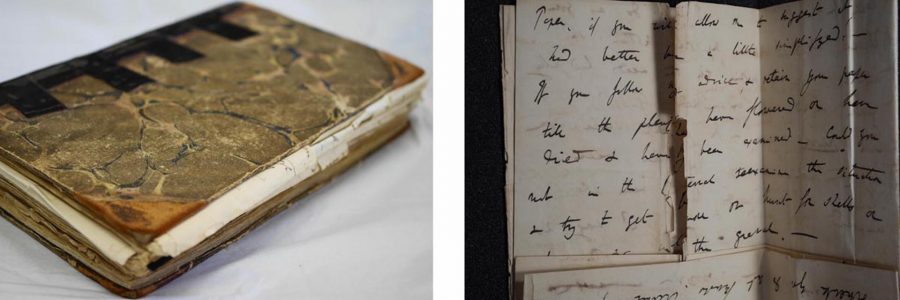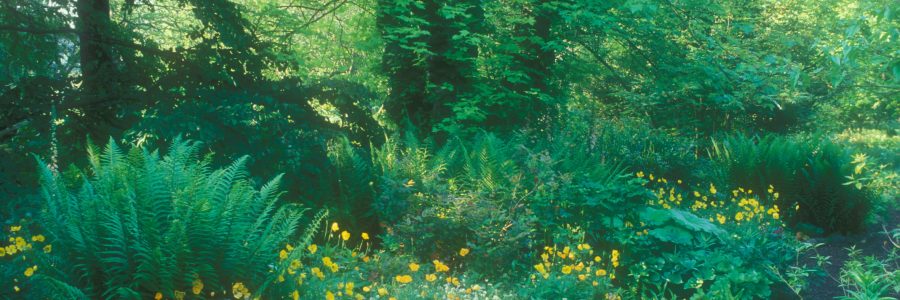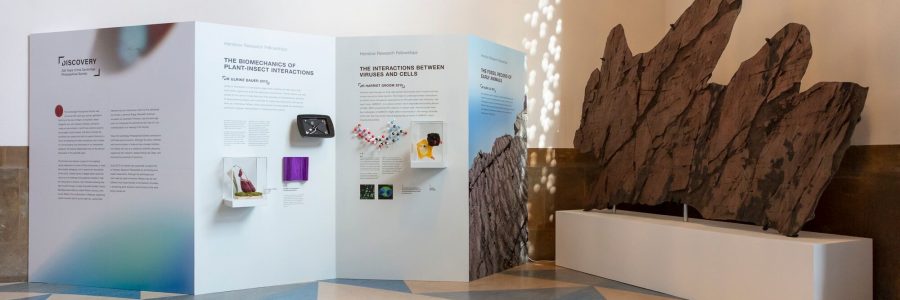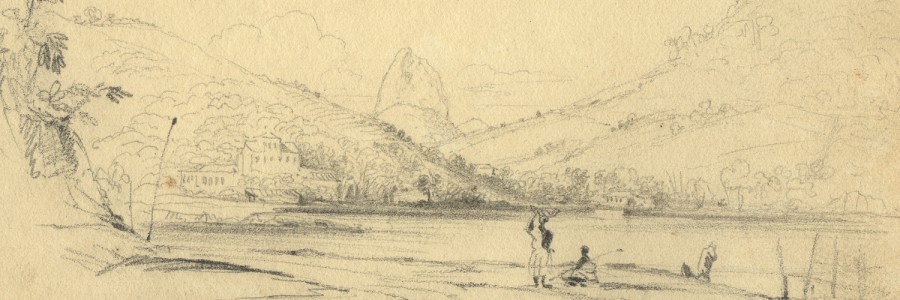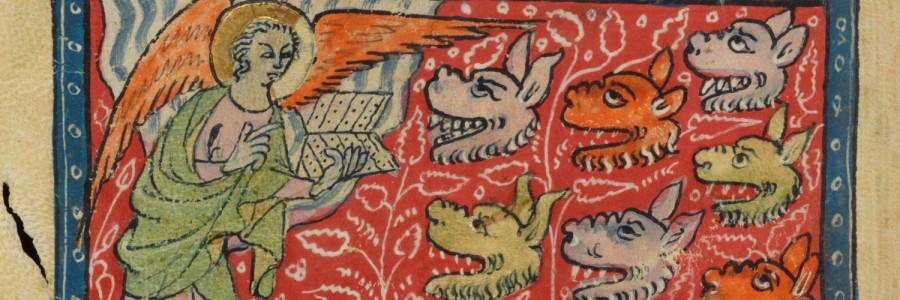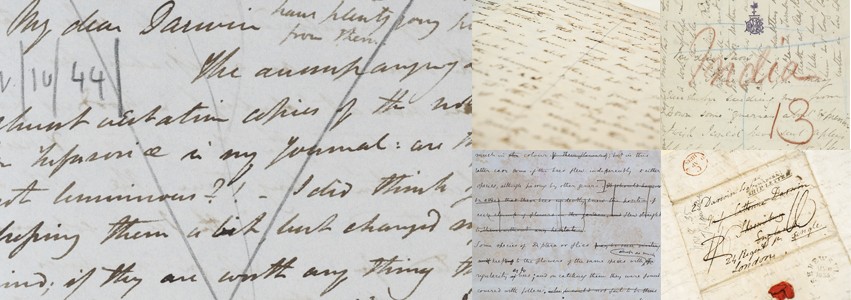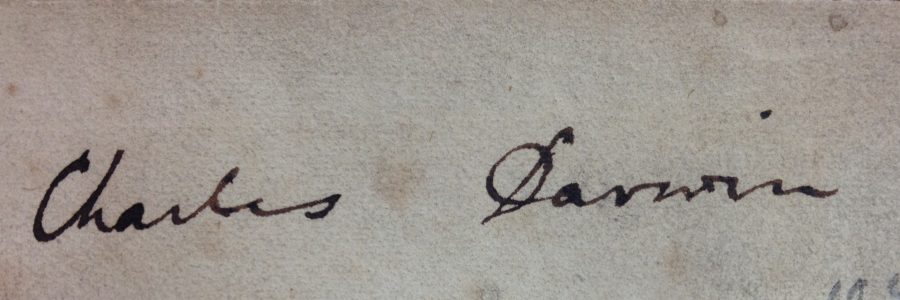
A Scientific Life: New additions from the Darwin Archive to Cambridge Digital Library
Post by Elizabeth L. Smith (Digital Curator, Nineteenth-Century Science Collections) This autumn marks the completion of a four year project digitising the Darwin Archive, the […]
Continue reading »
